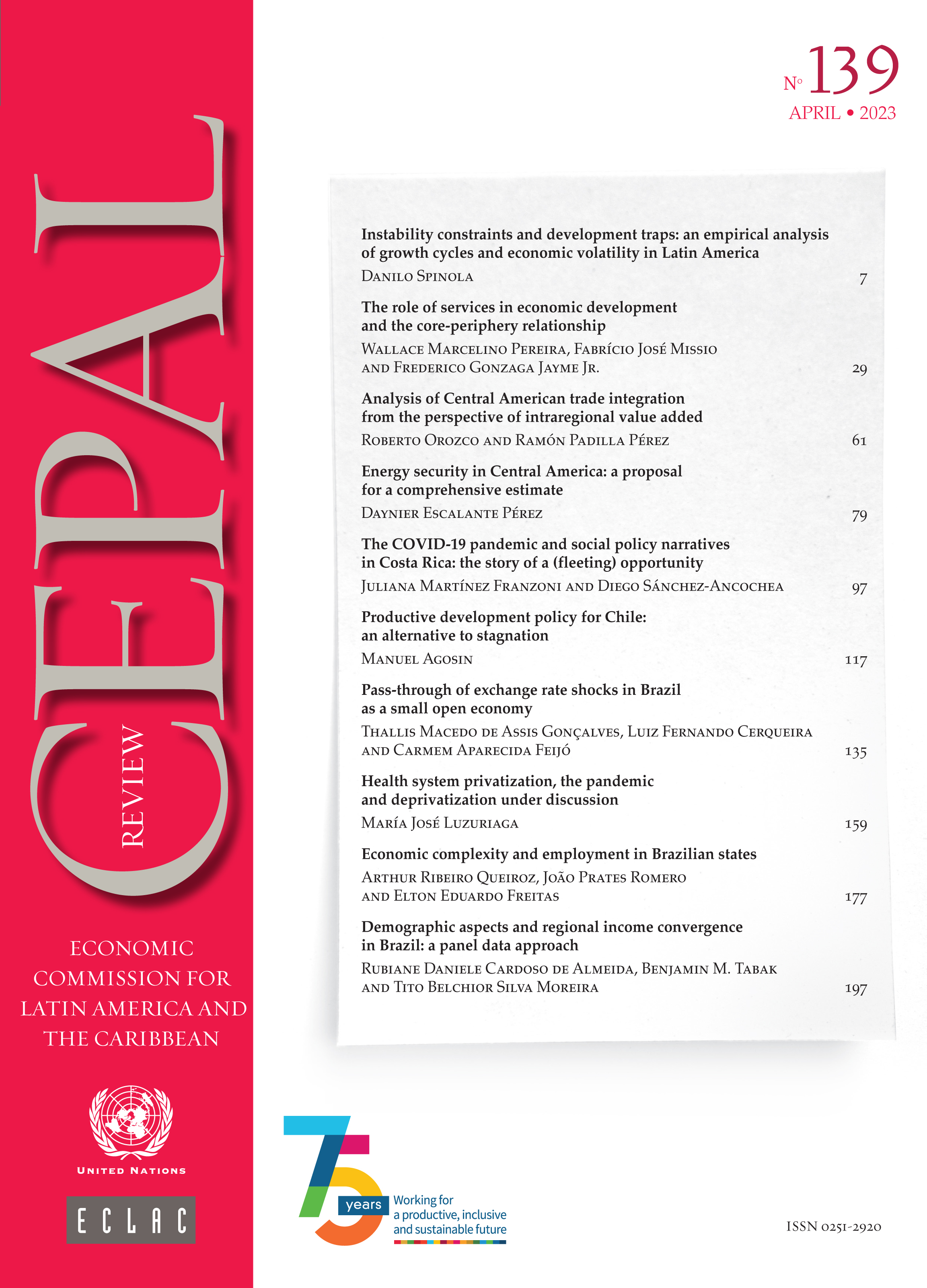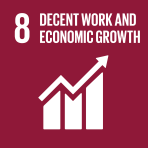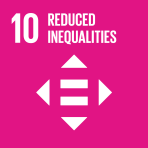-
Instability constraints and development traps: an empirical analysis of growth cycles and economic volatility in Latin America
- Source: CEPAL Review, Volume 2023, Issue 139, Sep 2023, p. 7 - 27
- Spanish
-
- 20 Sep 2023
Abstract
Latin America and the Caribbean is a region characterized by a repetitive pattern of volatility that thwarts its development process. This article conducts an empirical investigation into its volatility, comparing it with other regions. First, an asymmetrical band-pass filter is used to decompose GDP growth time series into cycles of different types for 136 countries, employing data from the Maddison Project Database for 19502018. Next, k-means clustering methods are used to classify volatility patterns into groups to understand their characteristics. In most countries in the region, overall volatility is explained by the relative dominance of long-run economic cycles linked to heavy dependence on commodity exports, with changes in specialization resulting from technology-driven changes in the inputs used by the countries they export to. Despite claims to the contrary in the literature, the region is not the world’s most volatile, but its countries have many particular, common characteristics.




